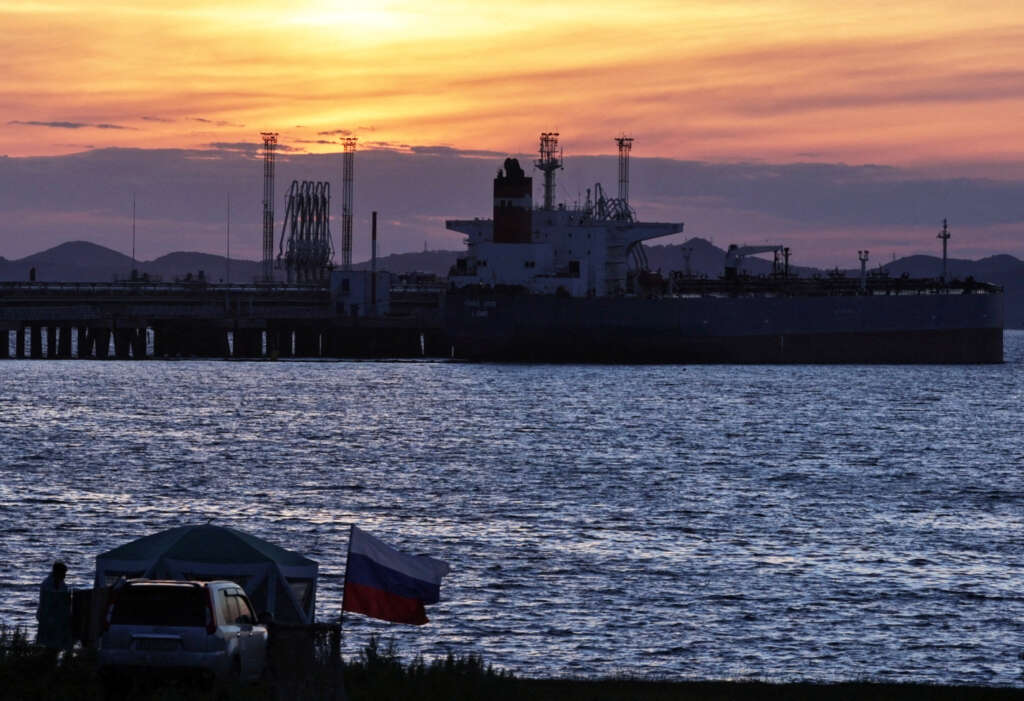
By Florence Tan and Emily Chow
SINGAPORE (Reuters) – Oil prices edged up on Friday and were on track to post their second straight annual gains, albeit modest, in a stormy year marked by tight supplies due to the Ukraine war, a strong dollar and weakening demand from the world’s top crude importer China.
Brent crude futures rose 20 cents, or 0.2%, to $83.66 a barrel by 0445 GMT, after settling 1.2% down in the previous session.
Brent looked set to end the year with a 7.6% gain, after jumping 50.2% in 2021. Prices surged in March to a peak of $139.13 a barrel, a level not seen since 2008, after Russia invaded Ukraine, sparking supply and energy security concerns.
U.S. West Intermediate crude was at $78.63, up 23 cents, or 0.3%, after closing 0.7% lower on Thursday. It is on track to rise 4.5% in 2022, following a 55% gain last year.
While an increase in year-end holiday travel and Russia’s ban on crude and oil product sales are supportive of oil prices, declining consumption due to a deteriorating economic environment next year will offset supply tightness, said CMC Markets analyst Leon Li.
“The global unemployment rate is expected to rise rapidly in 2023, restraining energy demand. So I think oil prices may fall to $60 next year,” he said.
Oil prices cooled quickly in the second half this year as central banks across the world hiked interest rates to fight inflation, boosting the U.S. dollar. That made dollar-denominated commodities a more costly investment for holders of other currencies.
Also, China’s zero-COVID restrictions, which were only eased in December, squashed oil demand recovery hopes for the world’s No. 2 consumer. While China is expected to slowly recover in 2023, a surge in COVID cases in the country and global recession concerns are clouding the commodities demand outlook.
“The recent easing of travel restrictions was expected to boost oil demand; however, the sharp increase in COVID cases in China has raised serious concerns over a potential global outbreak,” John Driscoll, director at consultancy JTD Energy Services, said.
In response to China’s surge in COVID cases, several countries including the United States, South Korea and Japan have imposed mandatory COVID tests on travellers from China.
A health data firm estimated that around 9,000 people in China are probably dying from COVID each day, as infections spread in the world’s most populous nation.
Looking ahead on supplies, western sanctions will push Russia to divert more crude and refined products exports from Europe to Asia.
In the United States, output growth in top oil-producing states has slowed despite higher prices. Inflation, supply chain snags and economic uncertainty have led executives to lower their expectations, the latest survey by the Federal Reserve Bank of Dallas found.
“This year has been an extraordinary year for commodity markets with supply risks leading to increased volatility and elevated prices,” ING analyst Ewa Manthey said.
“Next year is set to be another year of uncertainty, with plenty of volatility.”
(Reporting by Florence Tan and Emily Chow; Editing by Muralikumar Anantharaman and Kim Coghill)


